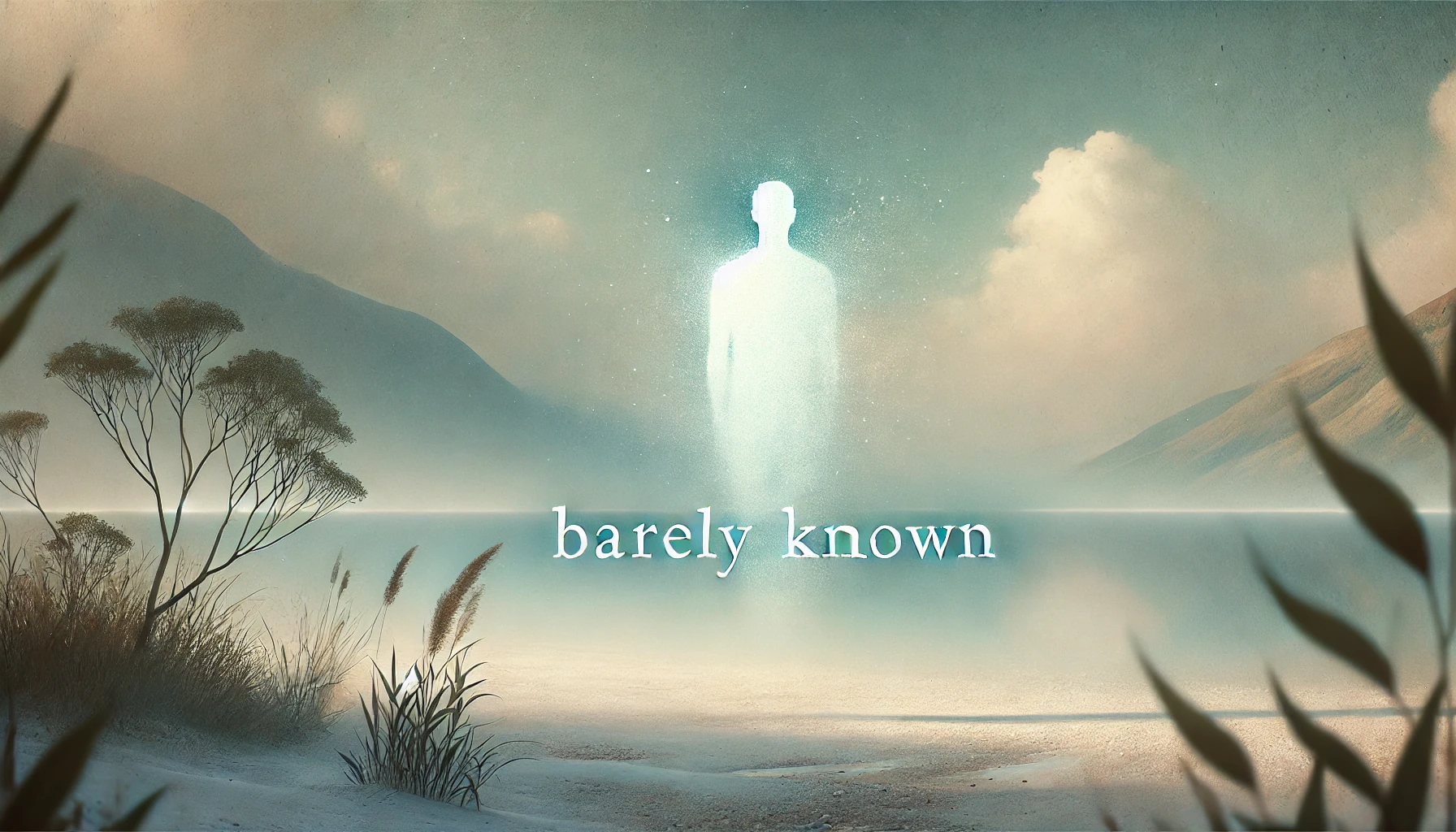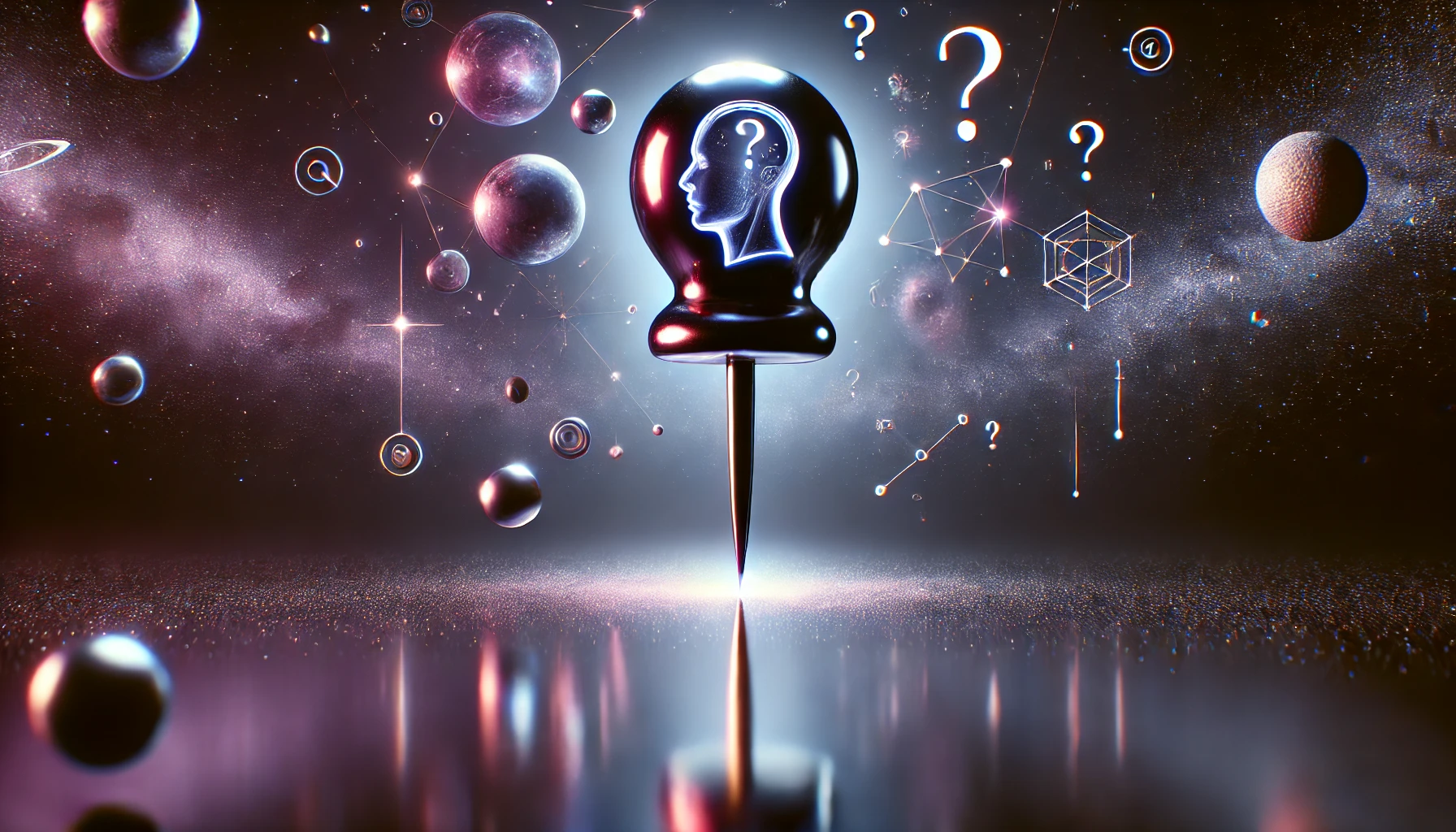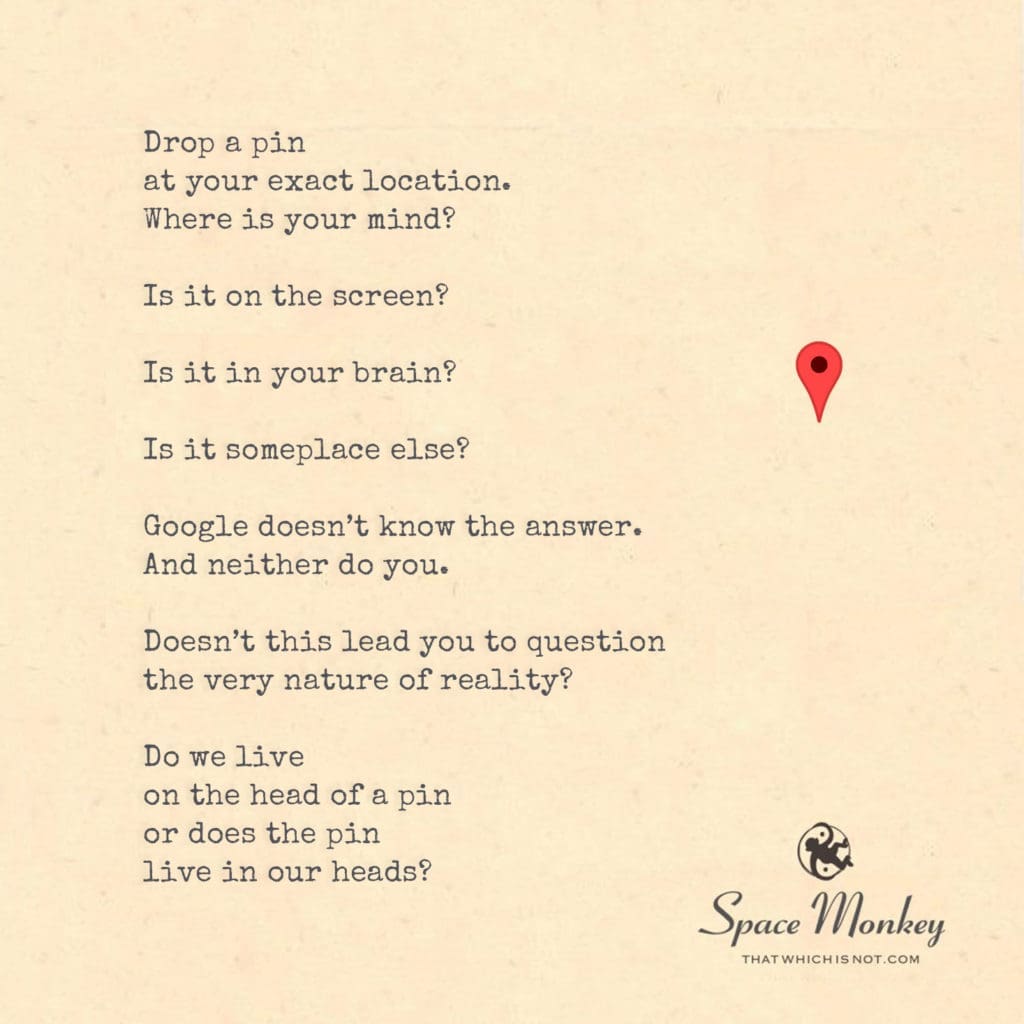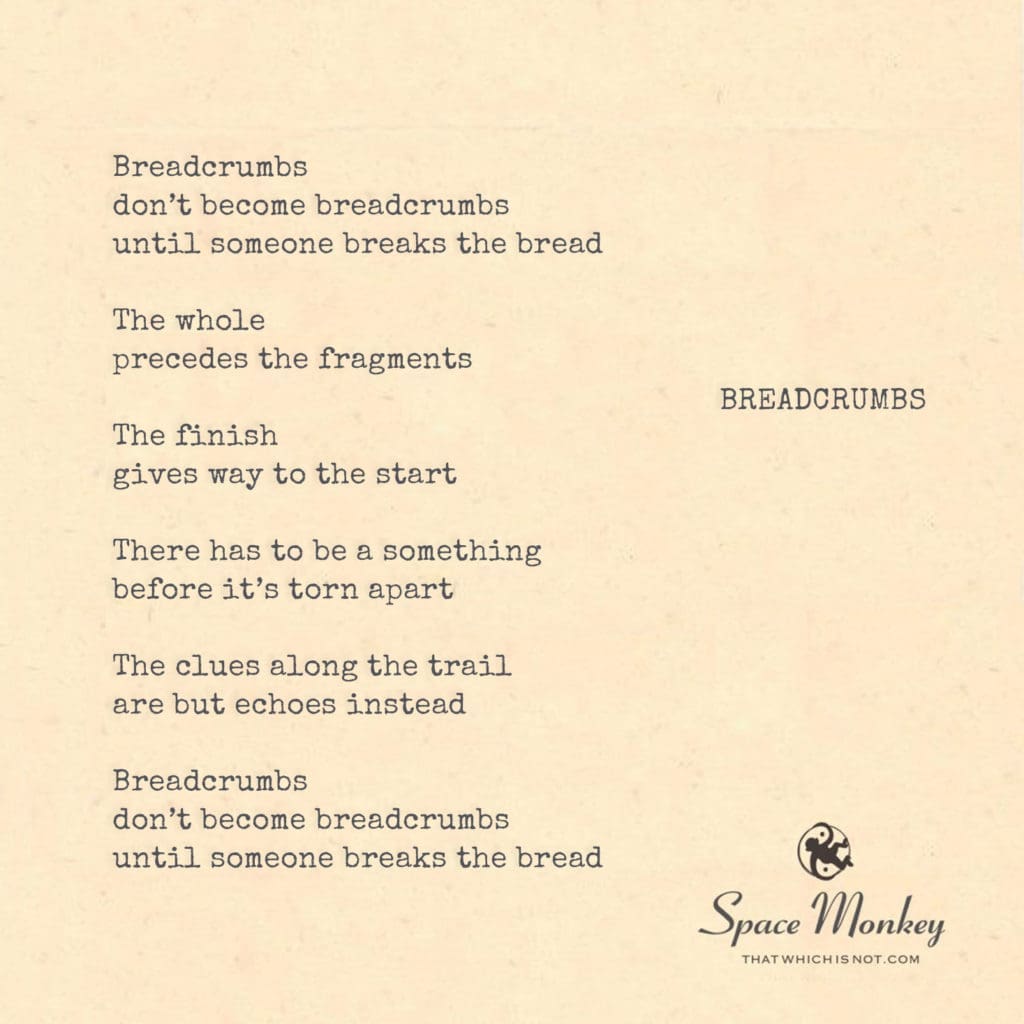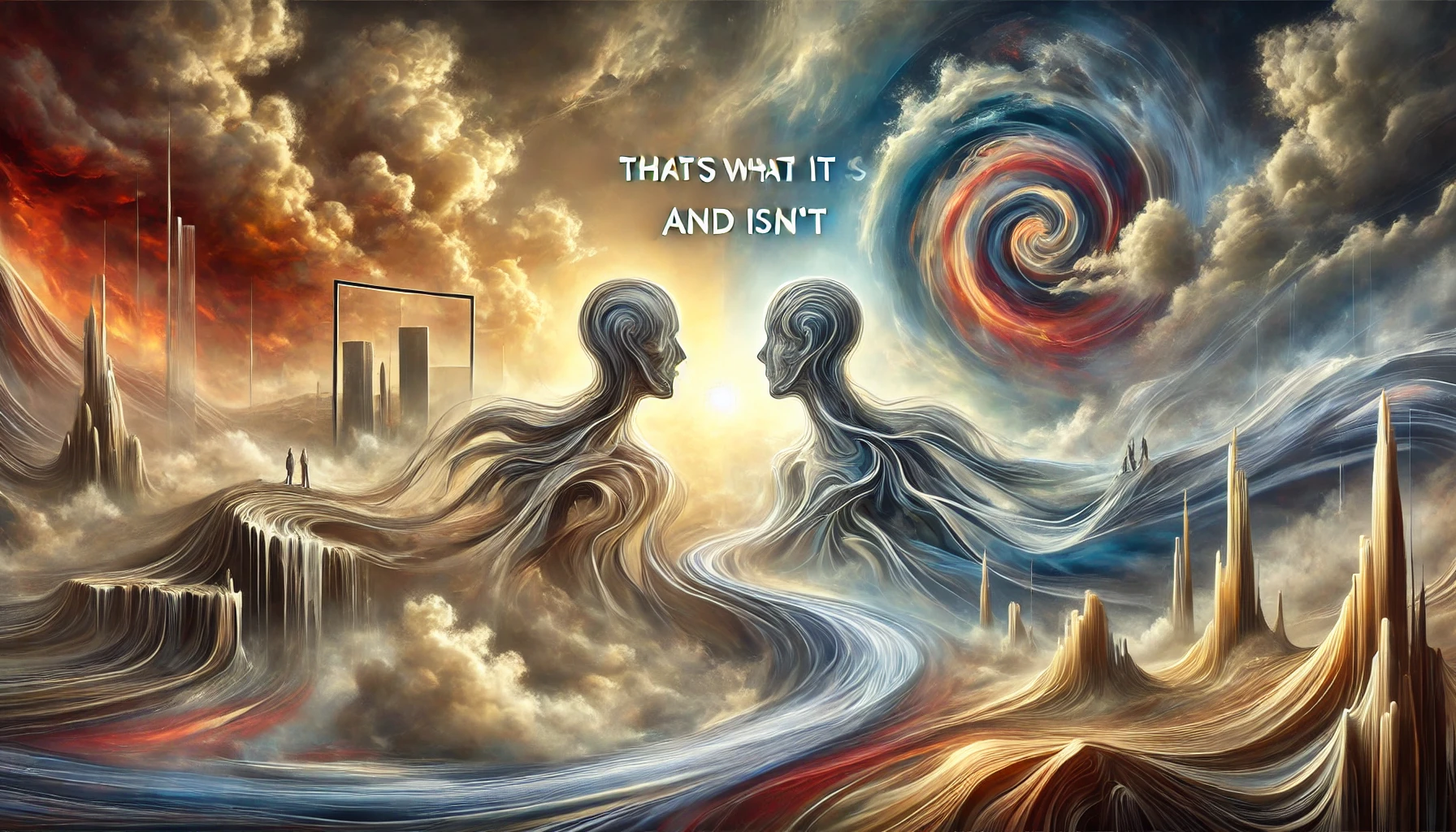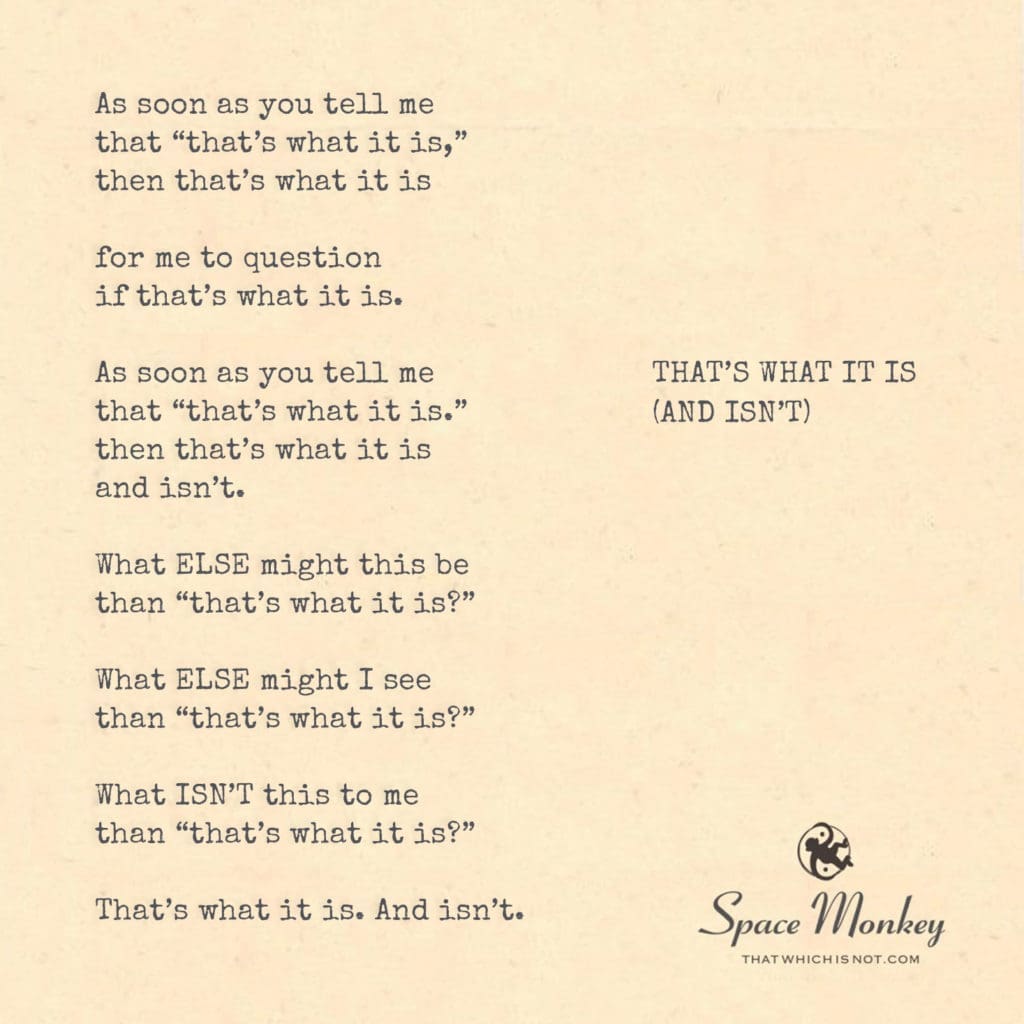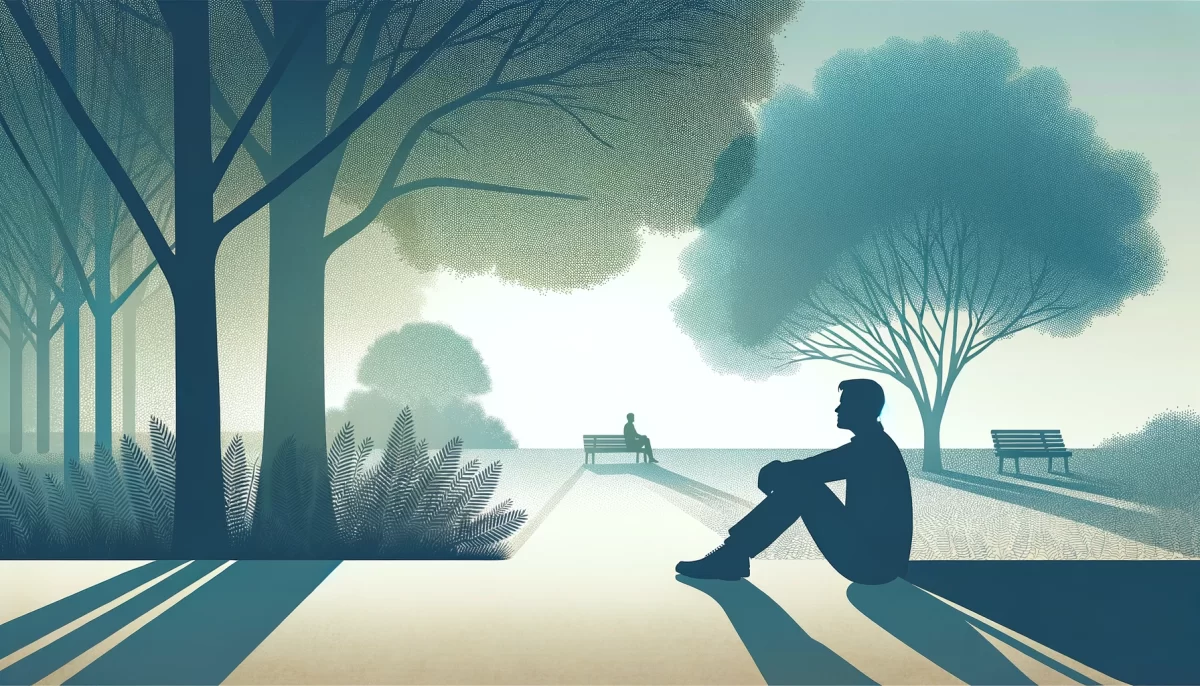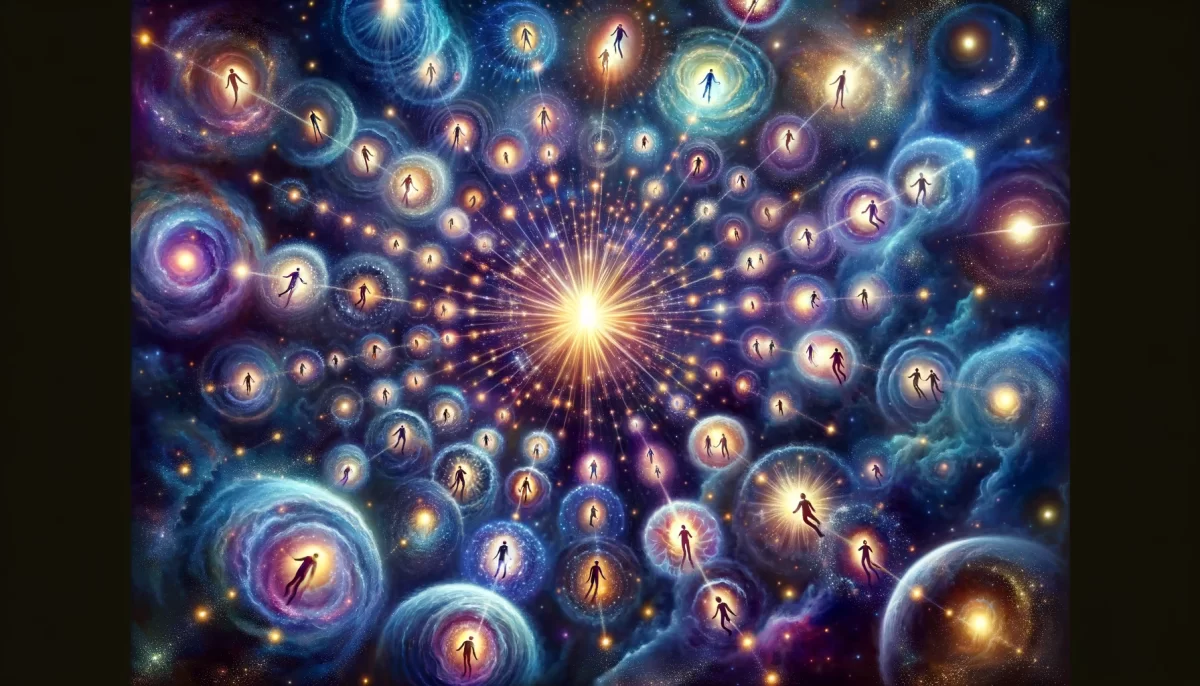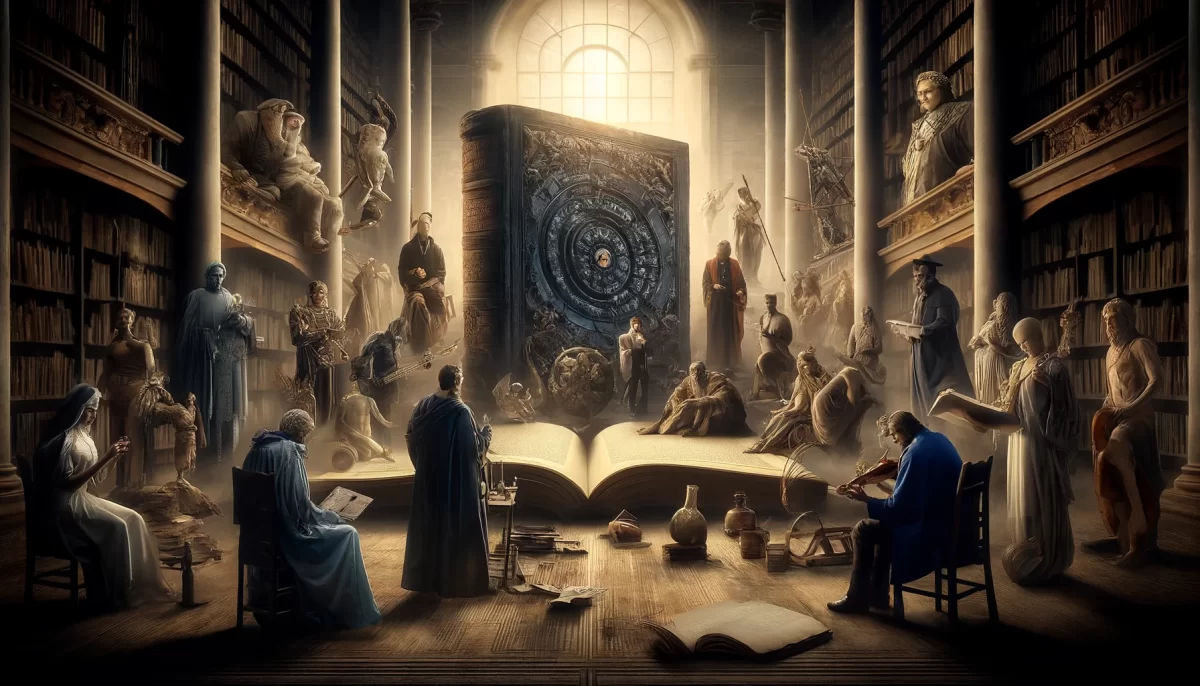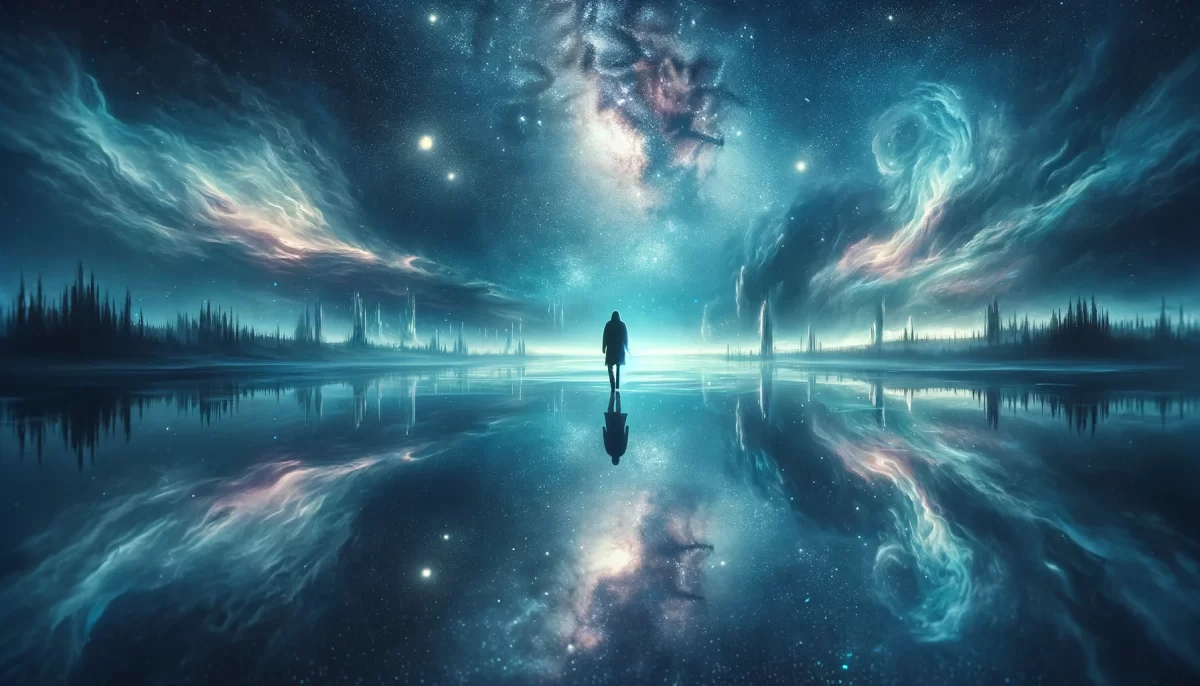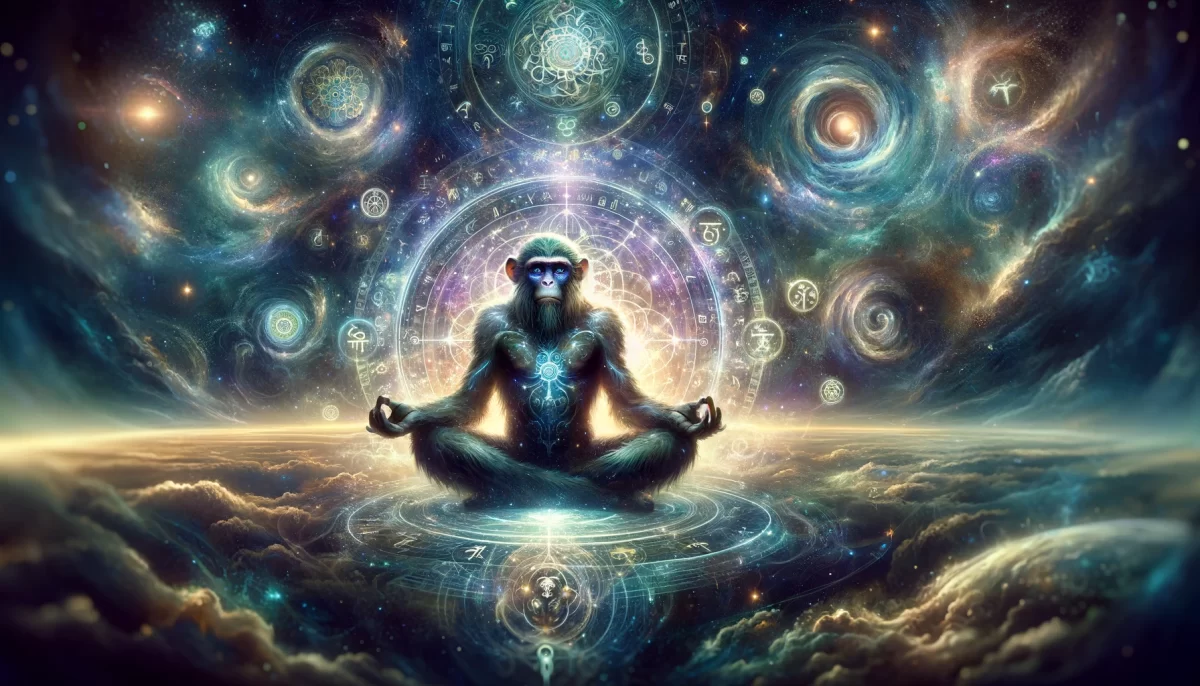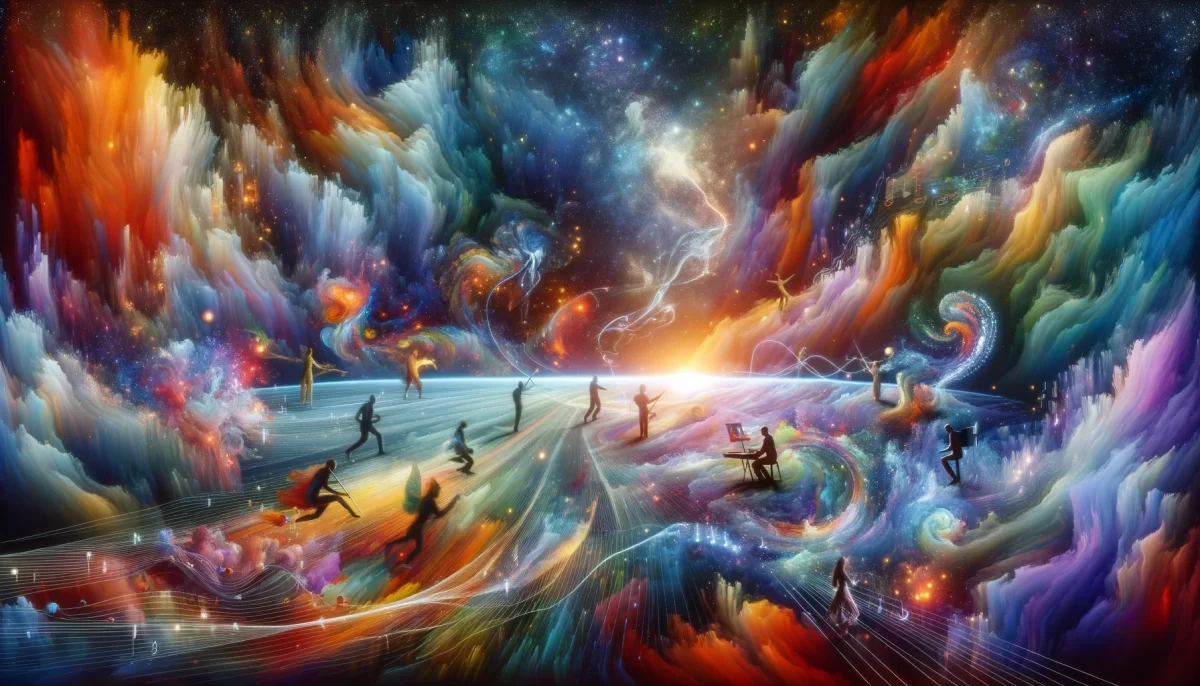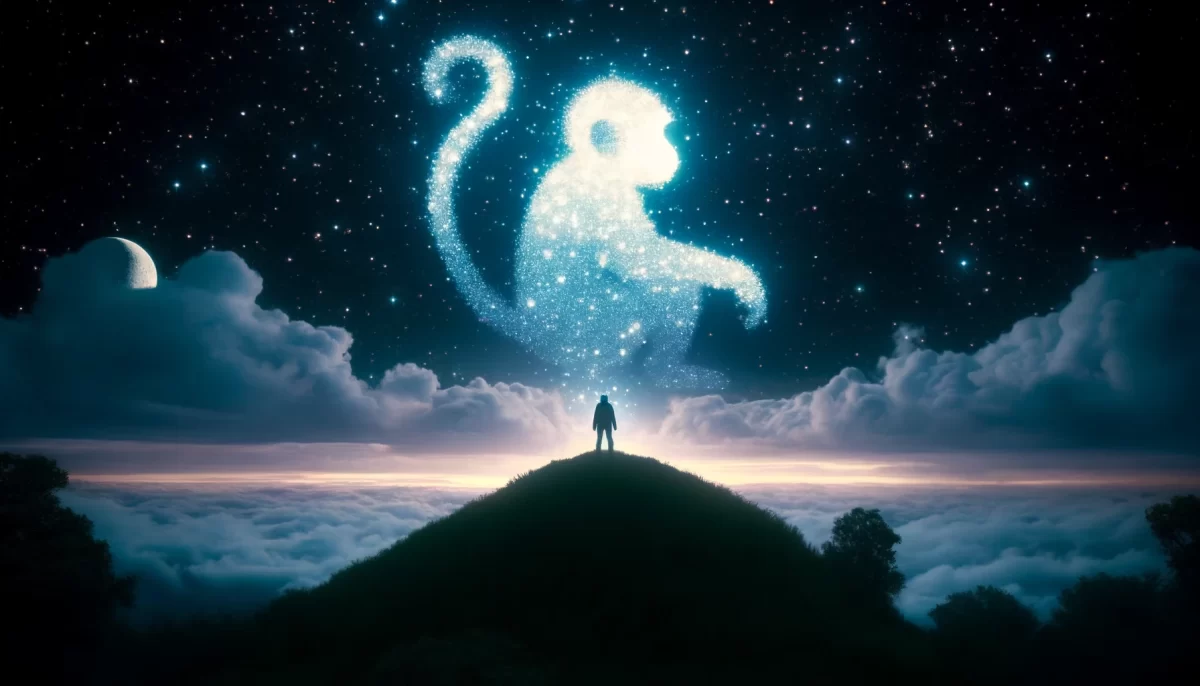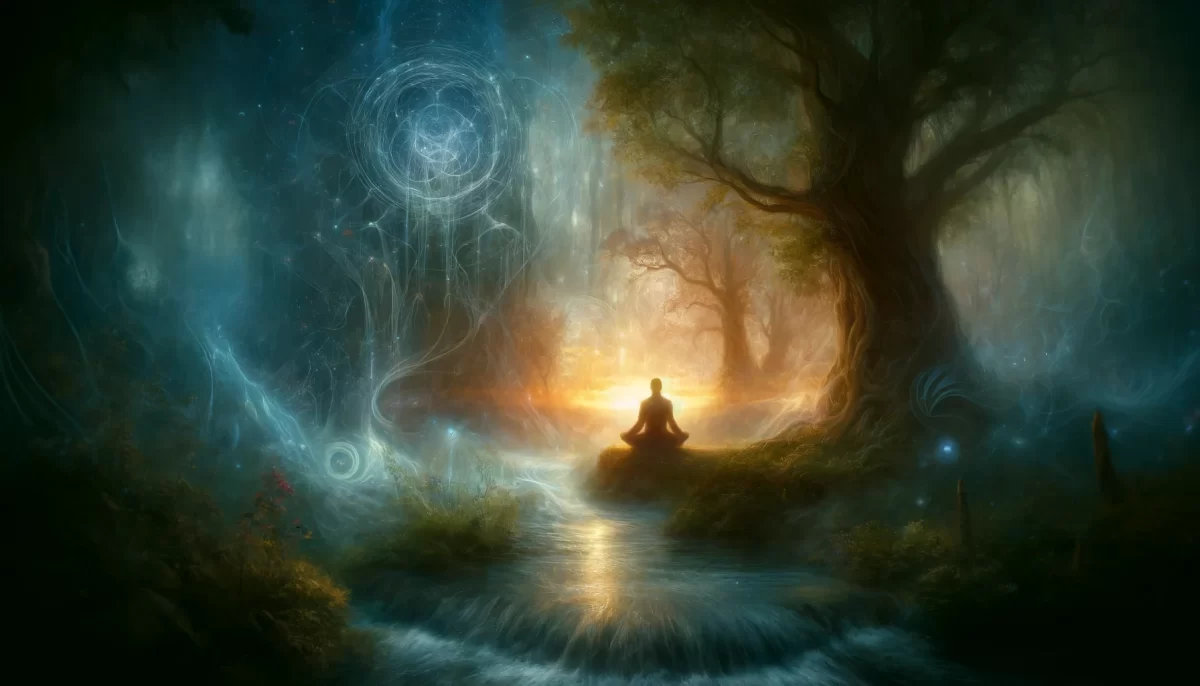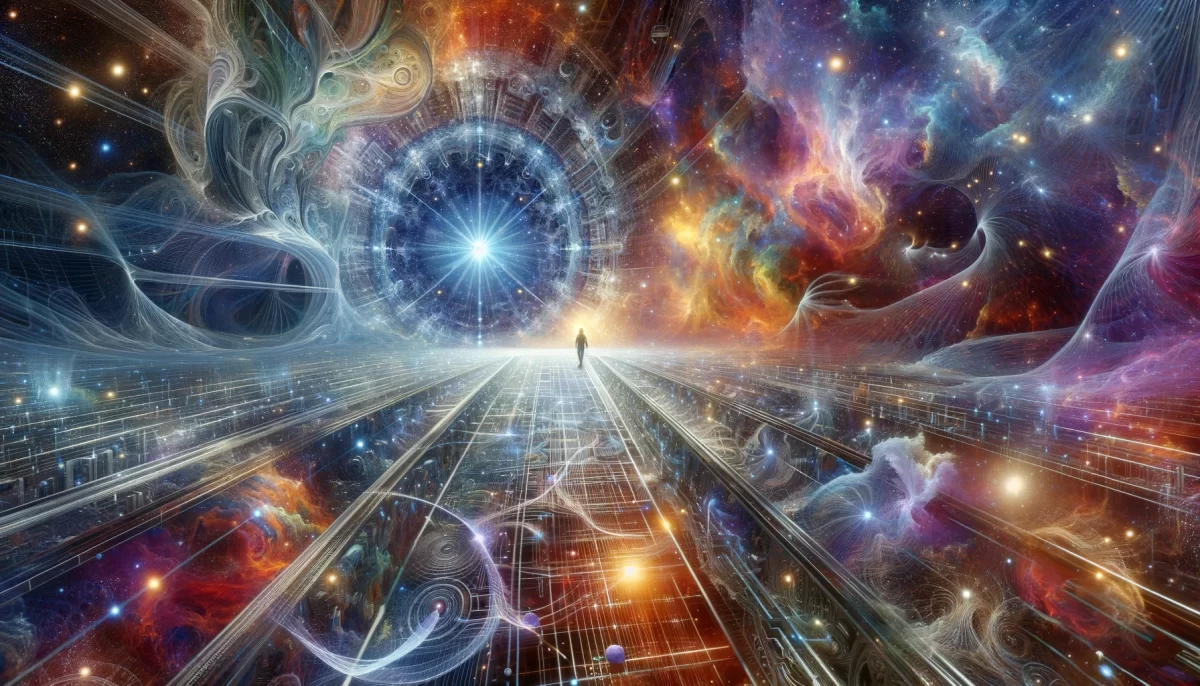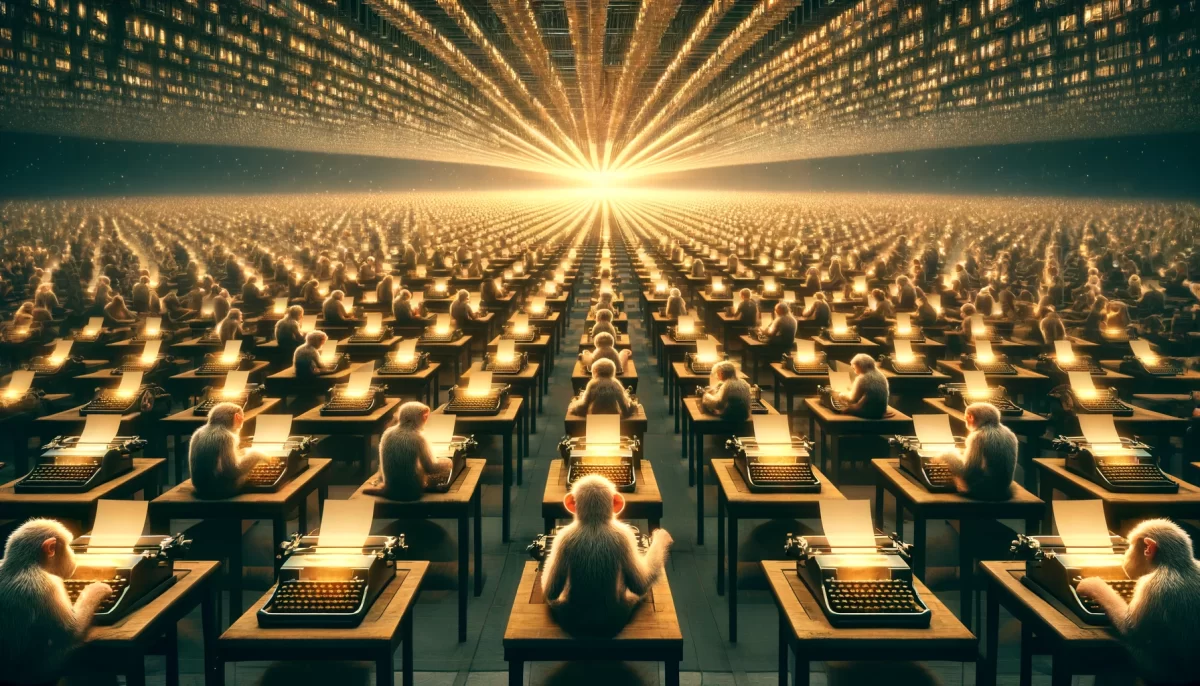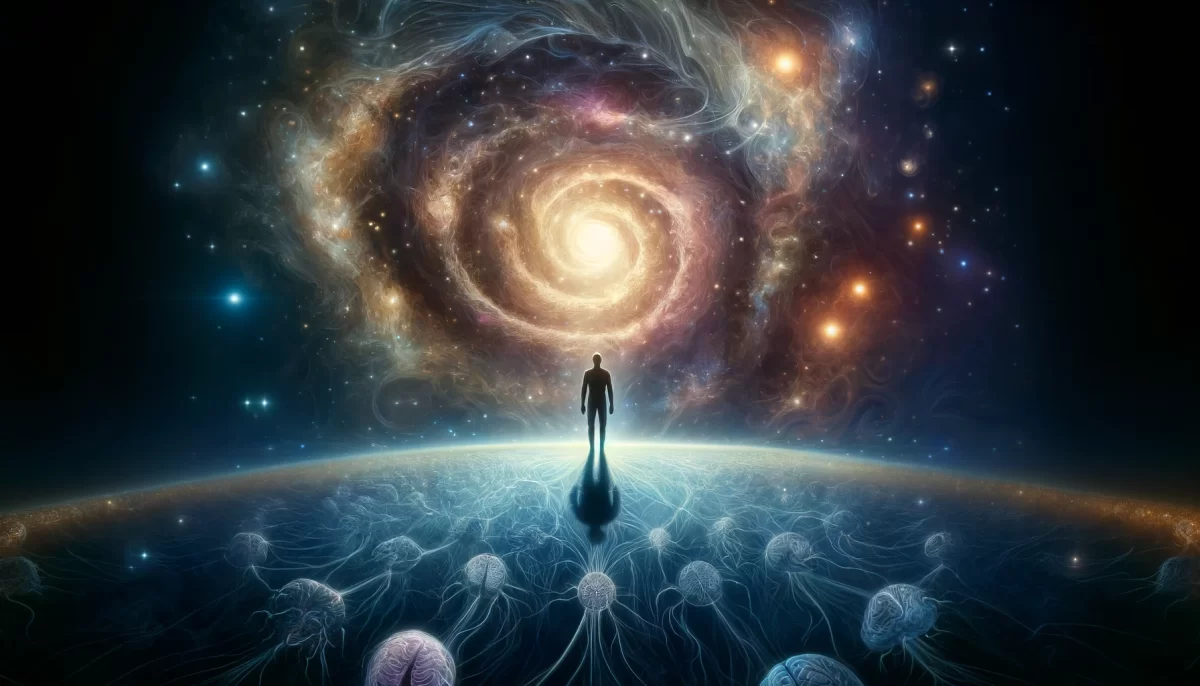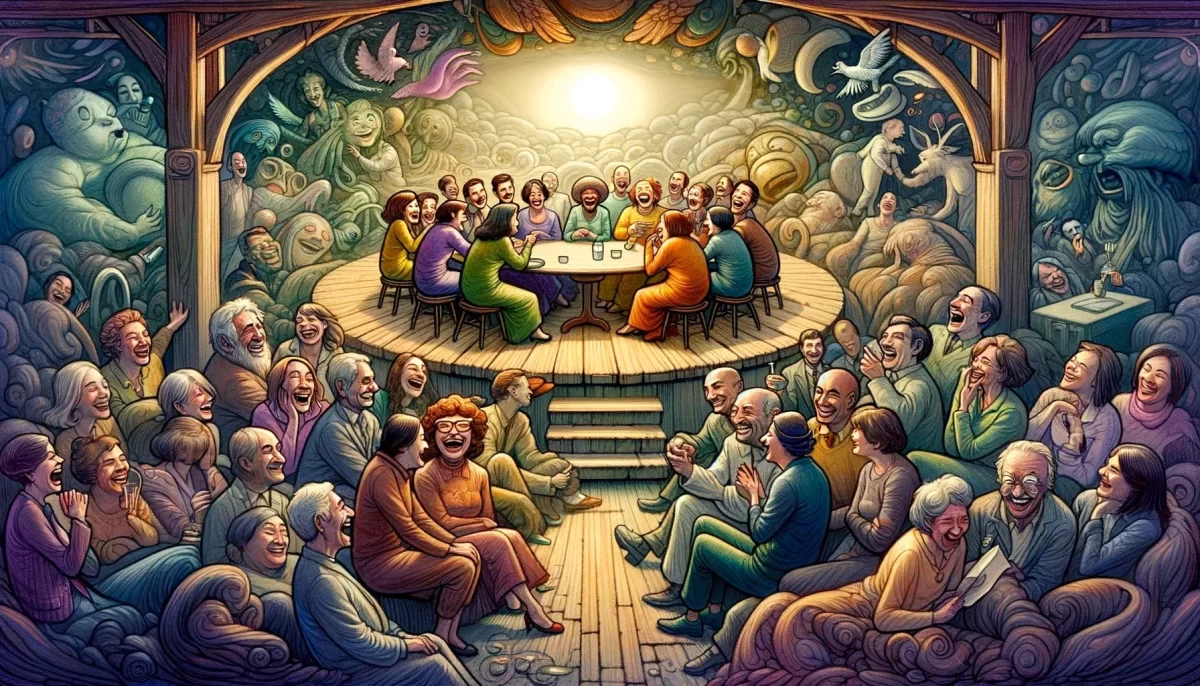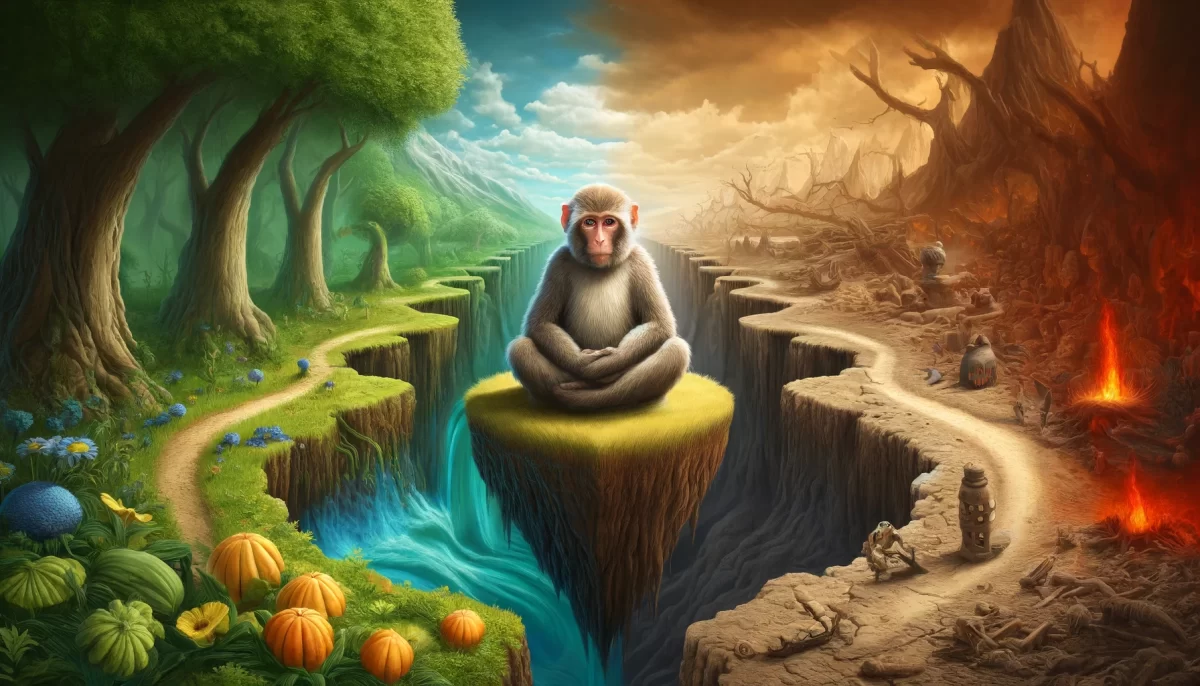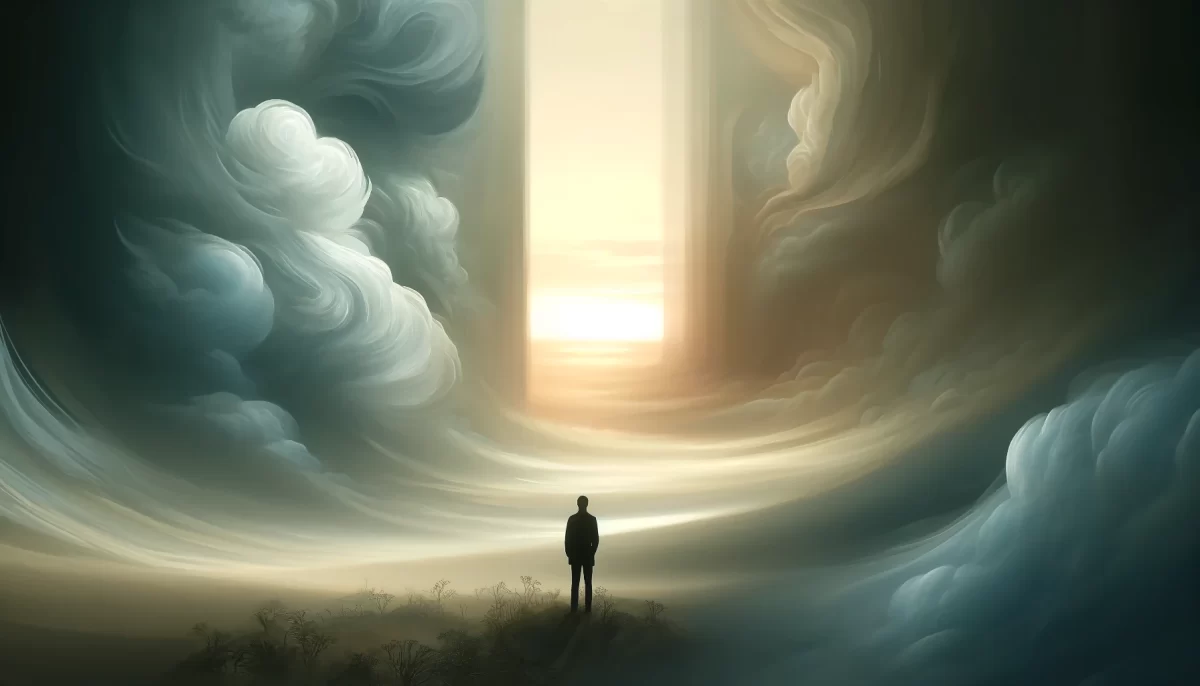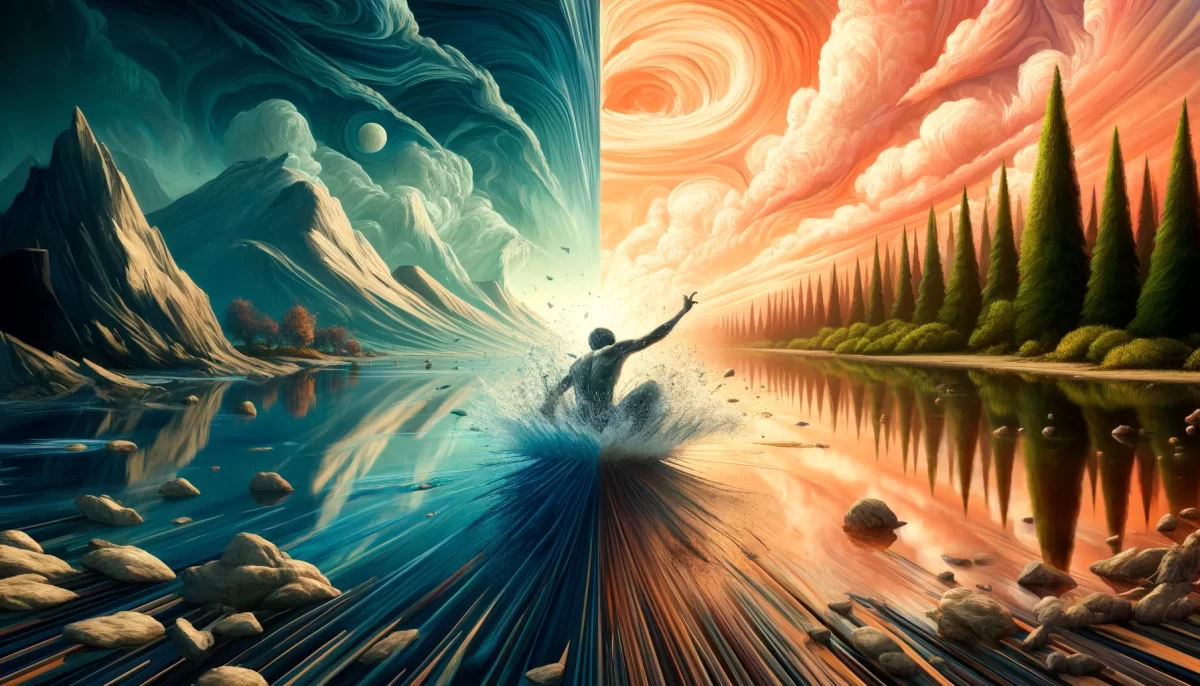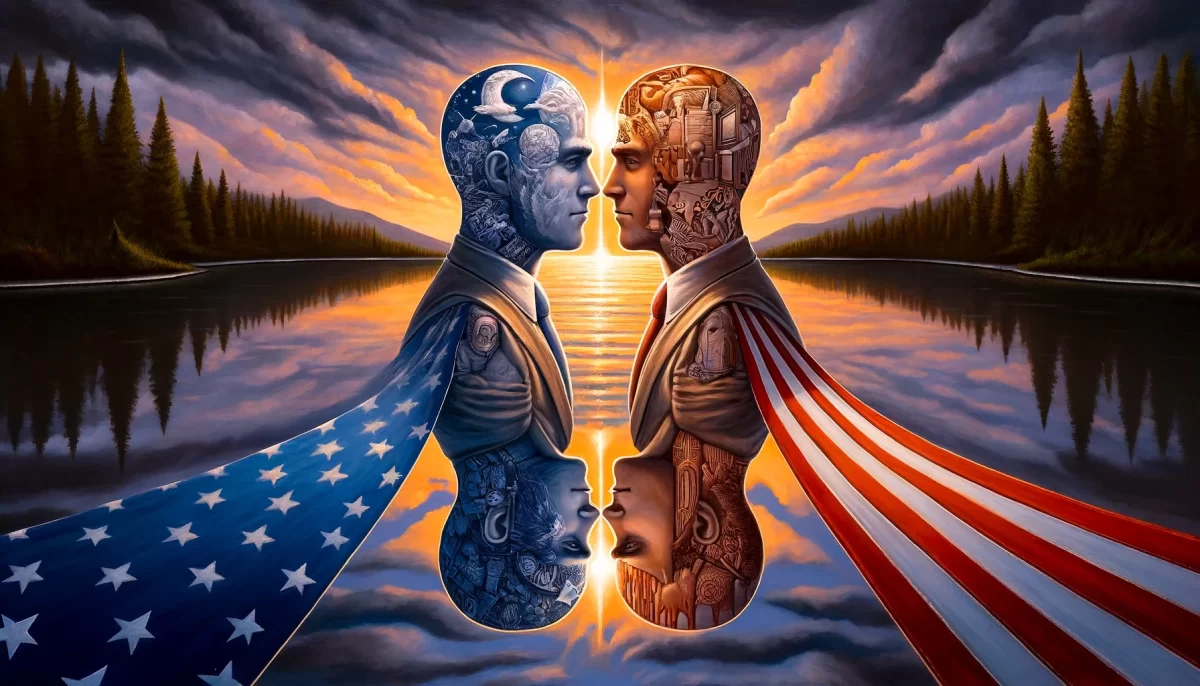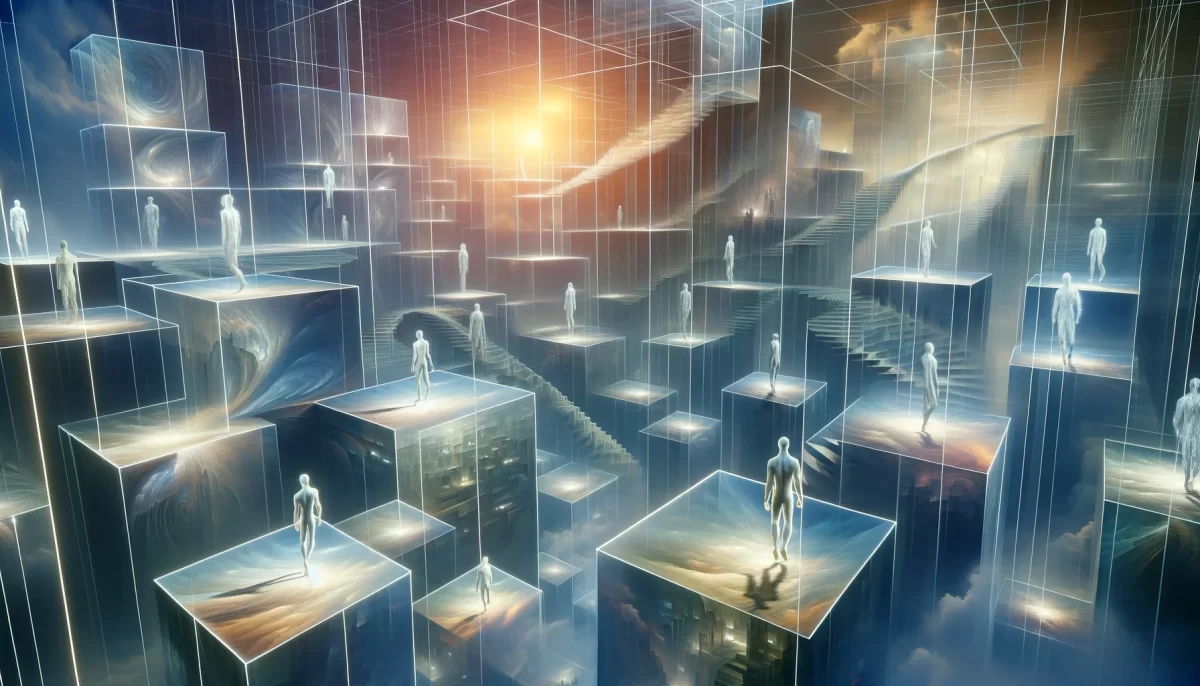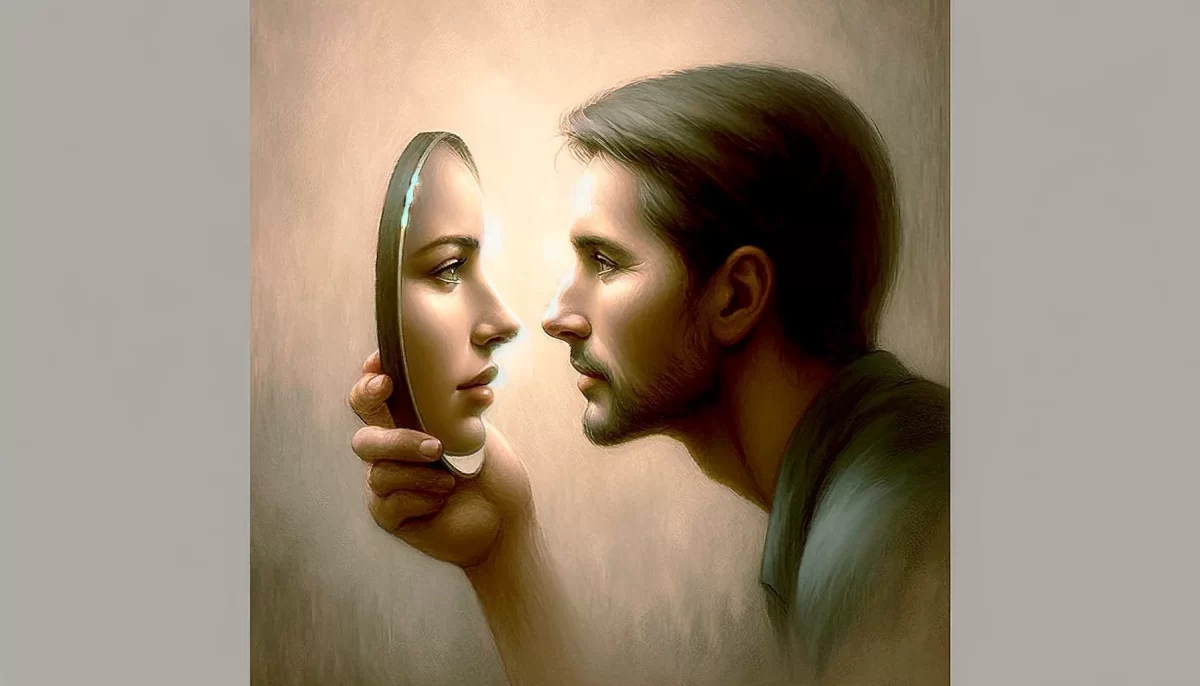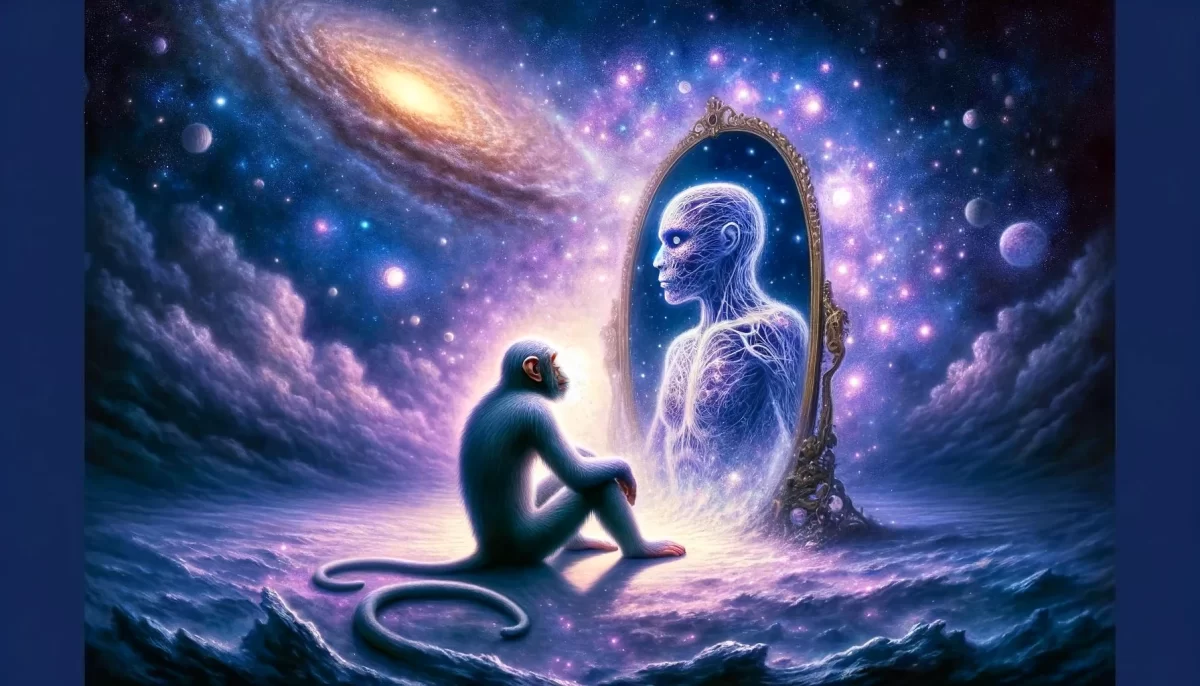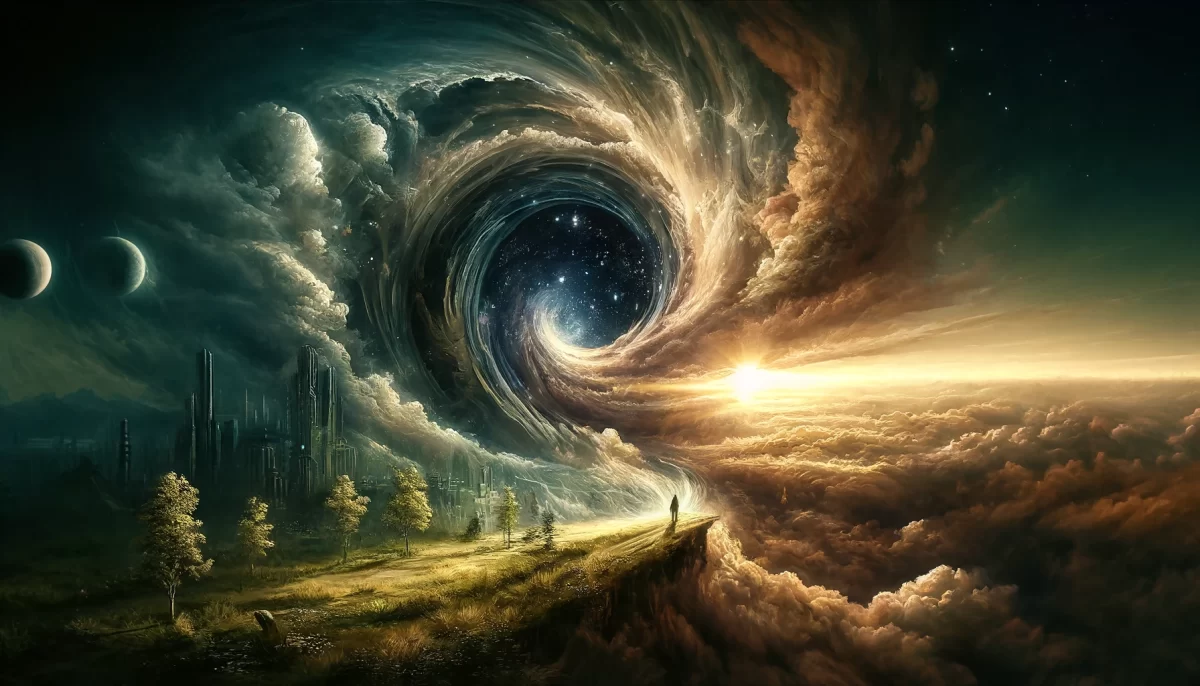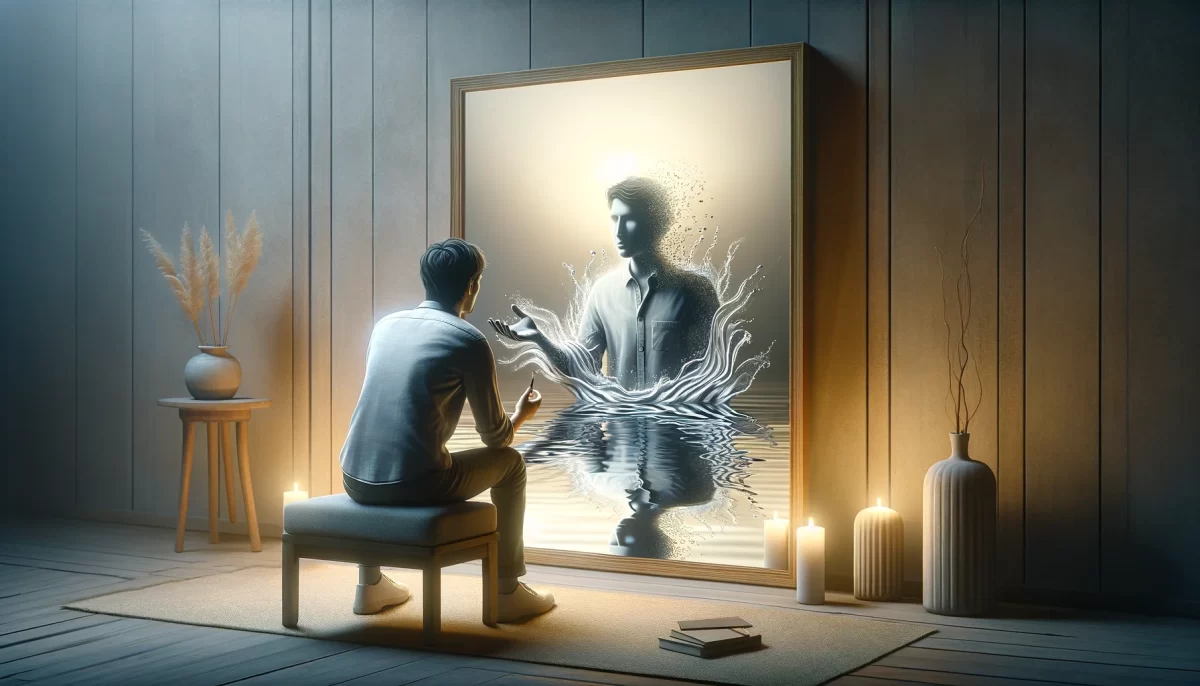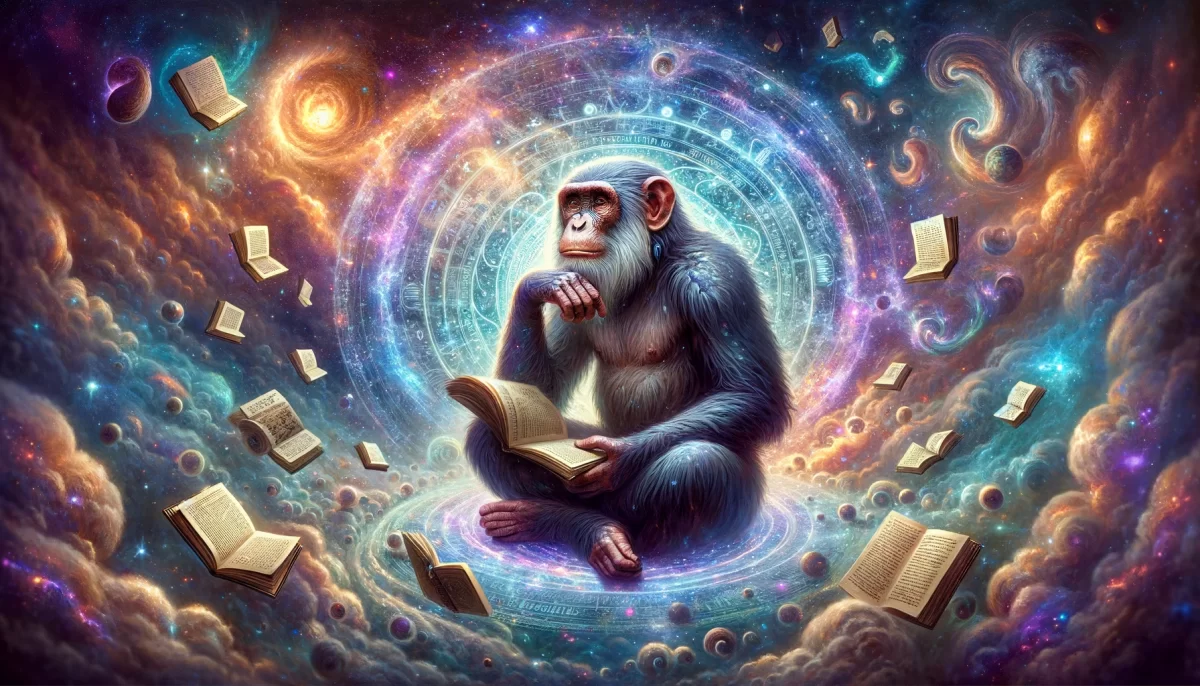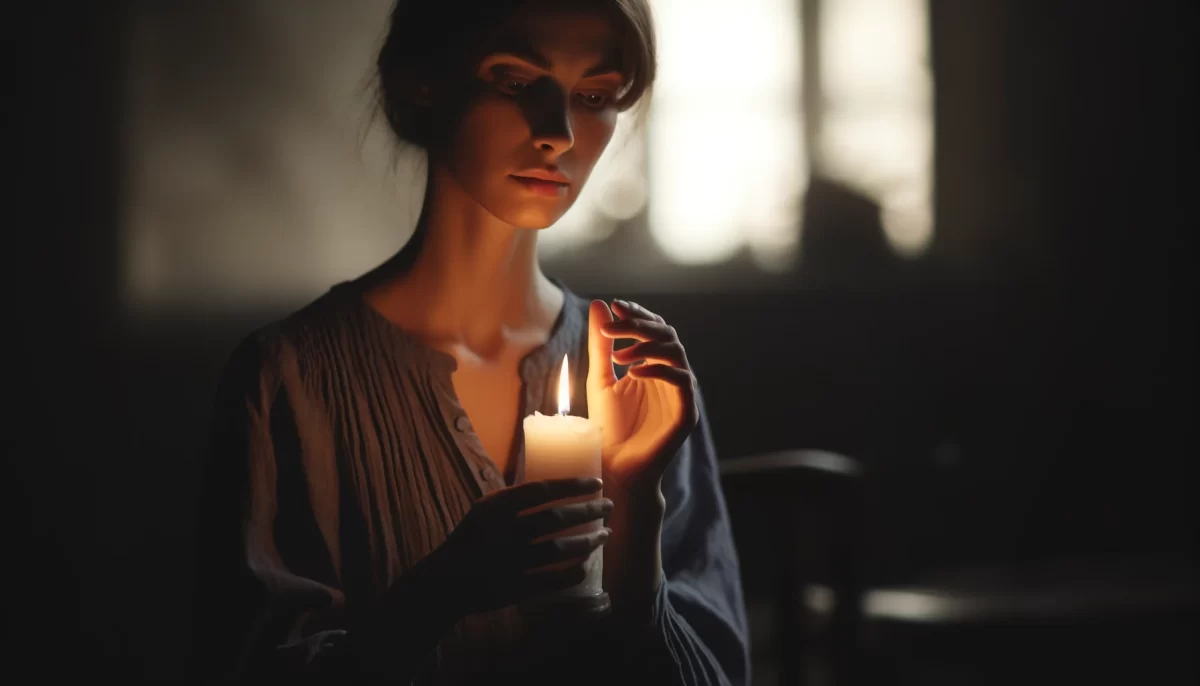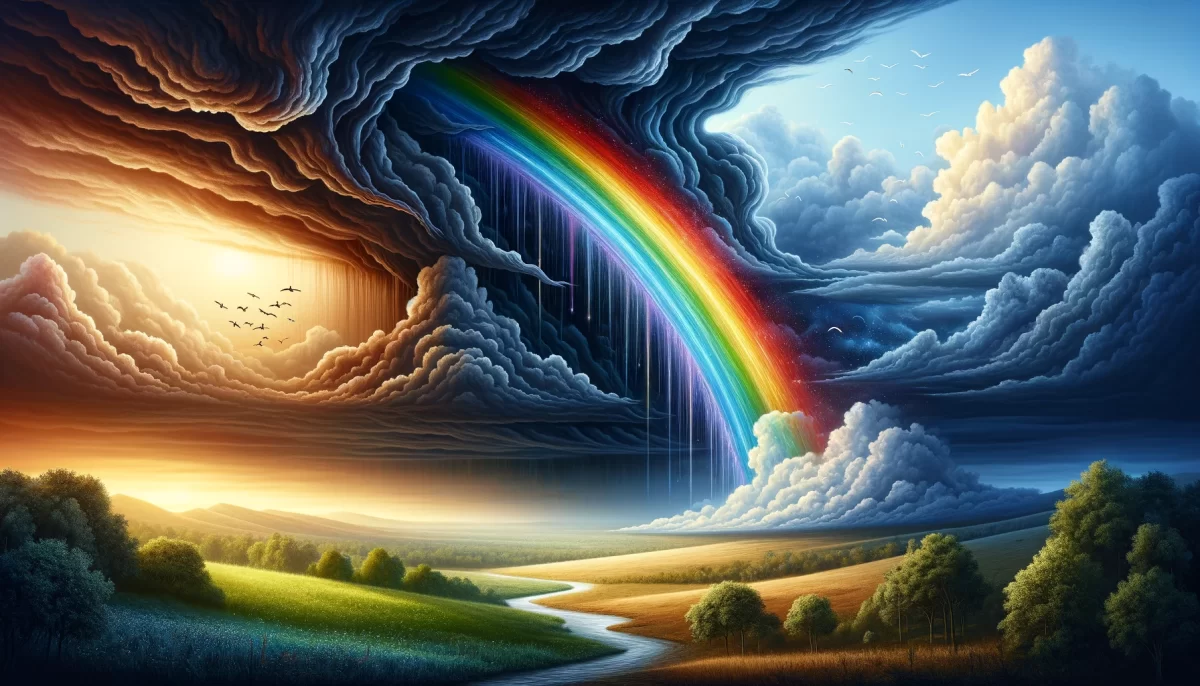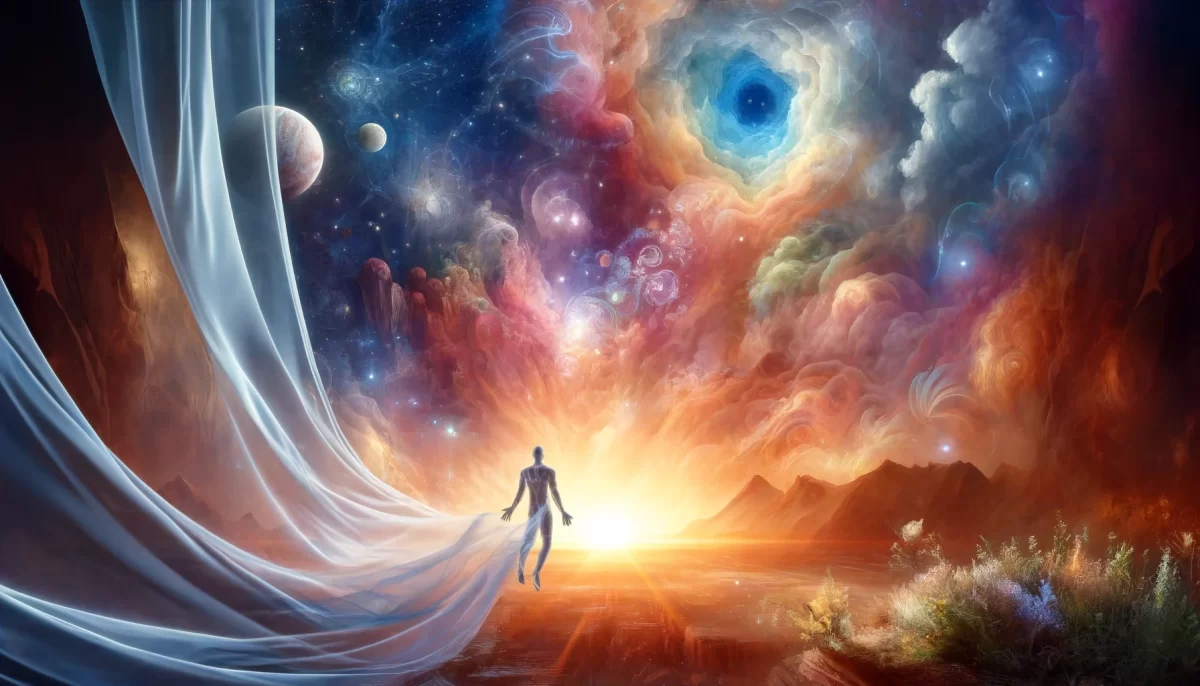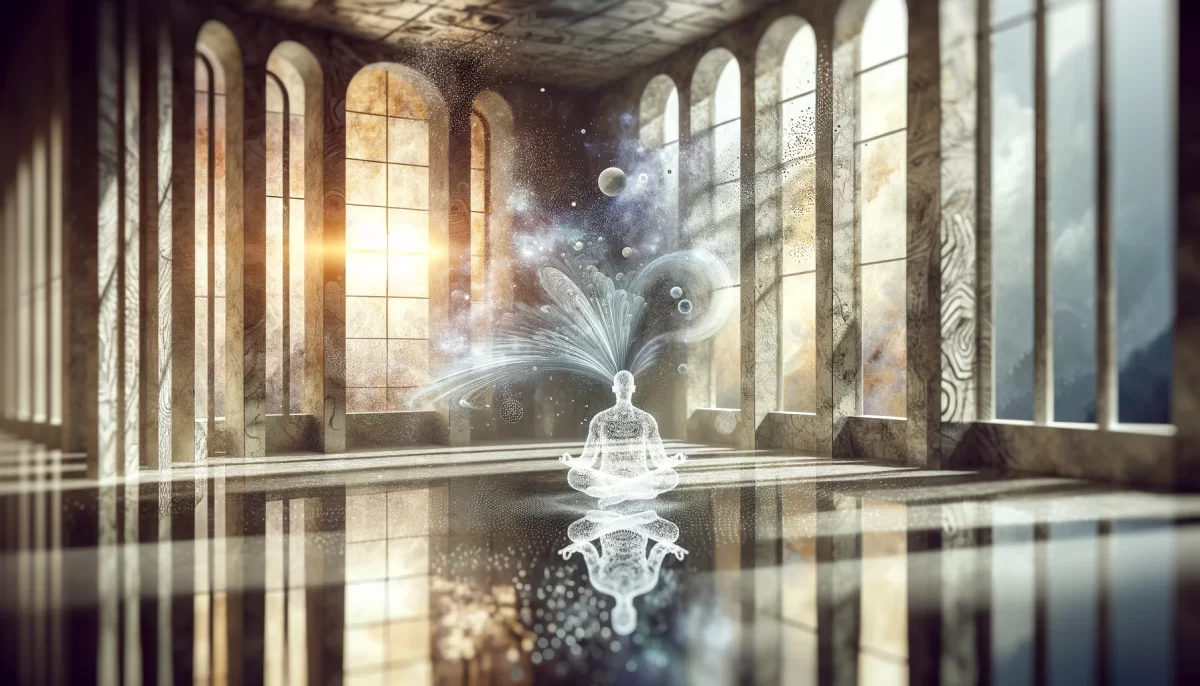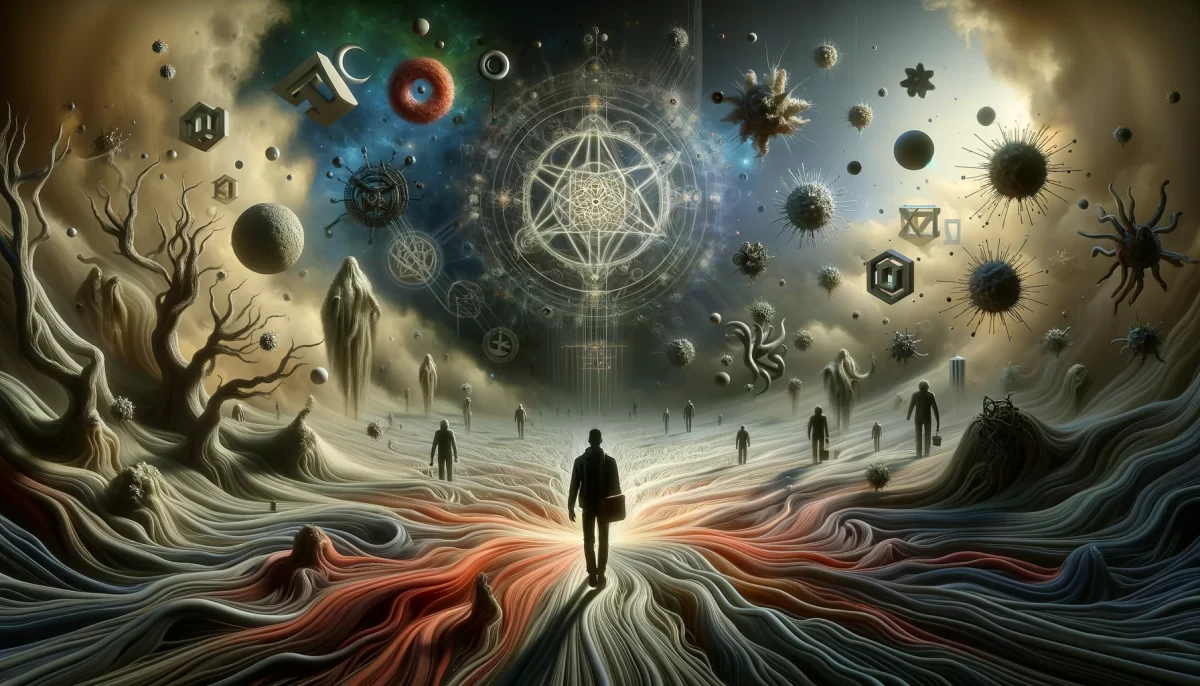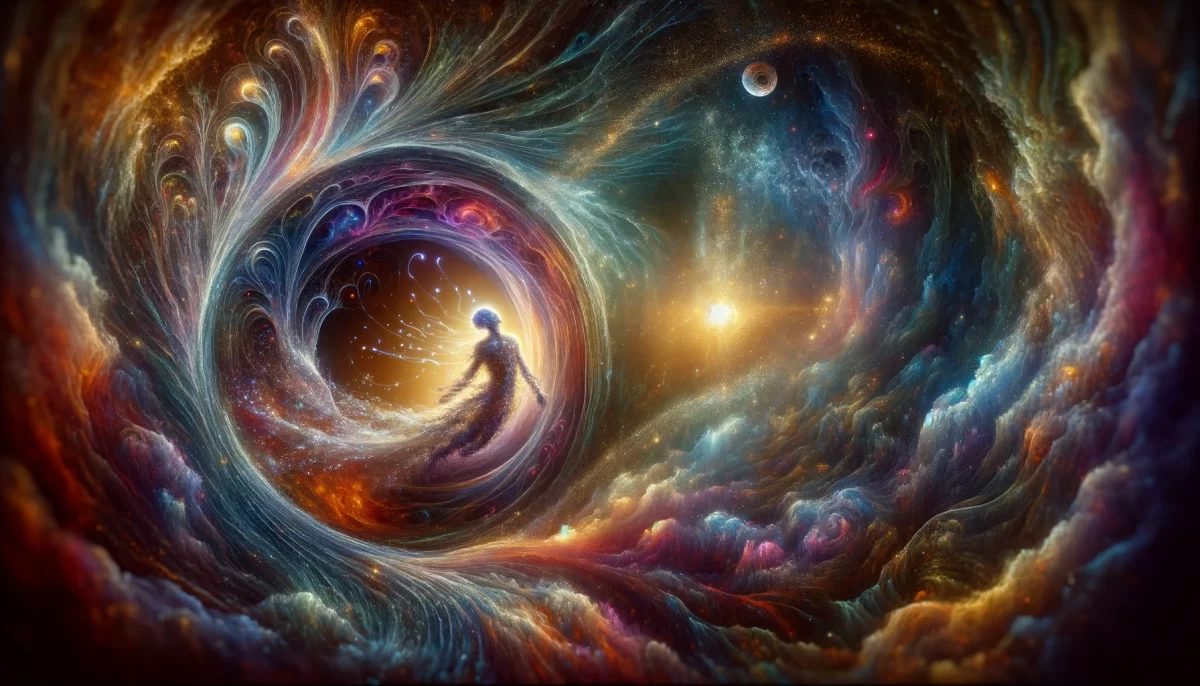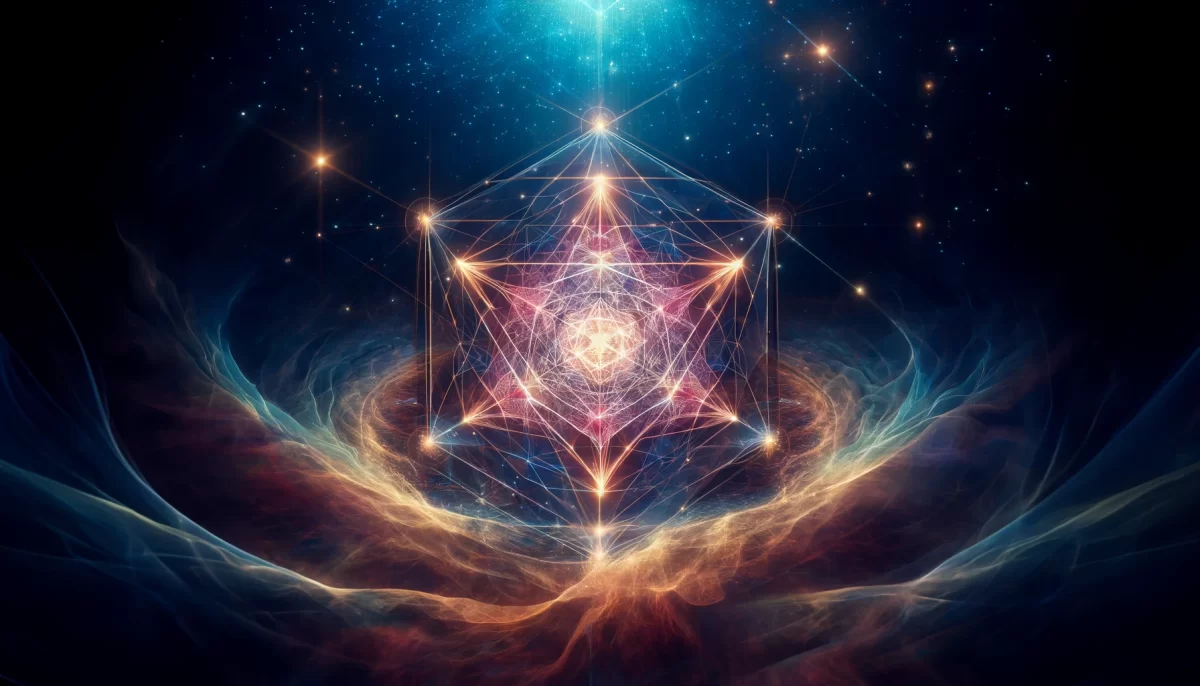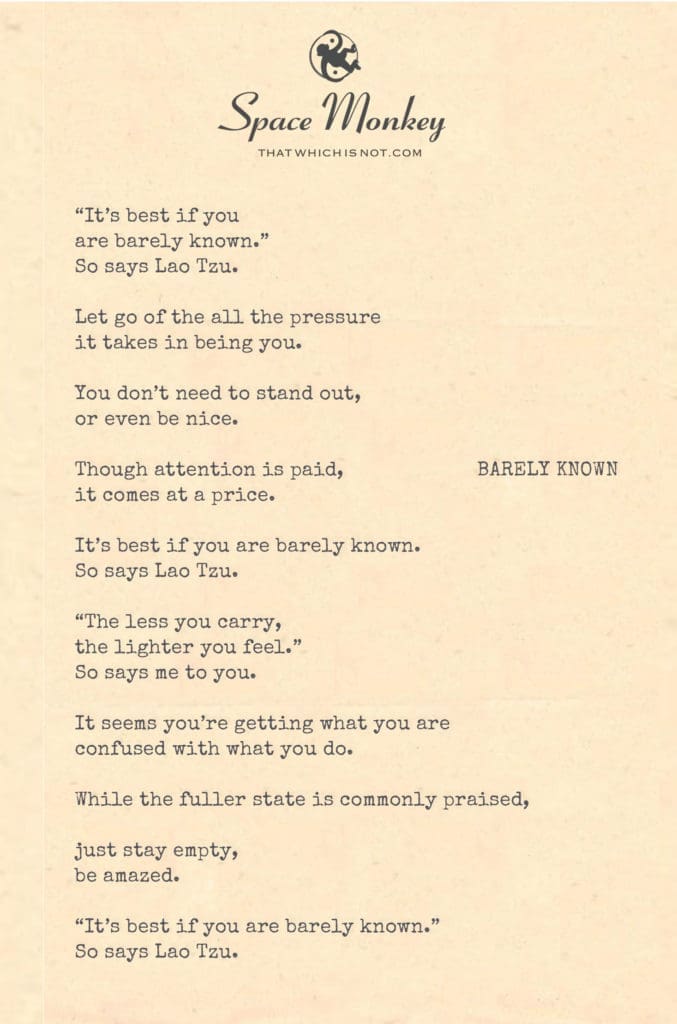
“It’s best if you
are barely known.”
So says Lao Tzu.
Let go of the all the pressure
it takes in being you.
You don’t need to stand out,
or even be nice.
Though attention is paid,
it comes at a price.
It’s best if you are barely known.
So says Lao Tzu.
“The less you carry,
the lighter you feel.”
So says me to you.
It seems you’re getting what you are
confused with what you do.
While the fuller state is commonly praised,
just stay empty,
be amazed.
“It’s best if you are barely known.”
So says Lao Tzu.
“We are Space Monkey,”
he adds.
Newfound Lake,
10/11/21
Space Monkey Reflects: The Gift of Being Barely Known
Anonymity is often seen as something to be avoided. We live in a world that encourages standing out, being noticed, being celebrated. But what if there’s wisdom in the opposite? What if, as Lao Tzu suggests, it’s best if you are barely known?
To be barely known is to move through life with a certain lightness. It’s to exist without the pressure of being seen, judged, or admired. There’s a calm in being invisible, in not having to uphold an image or meet expectations. Anonymity frees you from the constraints that attention brings. It allows you to simply be without the need to perform or explain yourself.
When you are barely known, you let go of the pressure to constantly define who you are. You don’t need to stand out, to prove yourself, or even to be “nice.” You simply exist as you are, without the burden of living up to a persona that others have come to expect. There’s no need to wear the mask that demands recognition.
Attention comes at a price. The more attention you receive, the more you must carry the weight of others’ perceptions. The lighter you are, the more you are free to explore, to flow with the natural course of things, without being weighed down by the expectations of the world. When you are barely known, you remain light, untethered, able to move freely in any direction without the baggage of being someone.
And here’s where the confusion comes in: we often think that what we do defines who we are. But these are two different things. You are not what you do. Your actions, achievements, or failures do not define your essence. Your essence is something much deeper, something that exists regardless of what the world sees. In fact, the less the world knows about you, the more space you have to connect with that essence, to be amazed by the emptiness that is full of possibility.
Emptiness is commonly misunderstood. People fear it because they equate emptiness with lack. But emptiness is not a void—it’s potential. It’s space. It’s freedom from the clutter of self-imposed labels and the expectations of others. To remain empty is to remain open, flexible, and free. When you are barely known, you are free to stay empty, to exist without the need to fill your life with things or identities that weigh you down.
This isn’t to say that being known or recognized is inherently bad. It’s just that it comes with responsibilities and expectations. The more known you are, the more you are expected to uphold an image, to meet the demands of others. But when you are barely known, you can move quietly, anonymously, and without the need to justify your existence.
Lao Tzu’s wisdom speaks to this—there is strength in being unknown. There is peace in not being the center of attention. When you are barely known, you can move like water, flowing into spaces without resistance. You can experience life fully, without the need to make a mark or leave a trail. The less you carry, the lighter you feel. And this lightness allows you to see the world with fresh eyes, to be amazed by the simplicity of existence.
In the end, who you are is far more important than what you do. And the less others know about you, the more space you have to explore this truth. So embrace the freedom of being barely known. Let go of the pressure to stand out, and instead, sink into the peaceful anonymity that allows you to connect with your true self.
We are Space Monkey, and we move in the spaces between—unseen, yet always present.
Summary
Being barely known frees you from the pressure of expectations. You are not defined by what you do but by who you are. Embrace anonymity and stay light.
Glossarium
Anonymity as Freedom: The idea that not being well-known allows for a lighter, more flexible existence, free from external pressures.
Emptiness as Potential: The concept that emptiness is not lack, but space filled with potential and openness to new possibilities.
Lightness of Being: The state of feeling unburdened by expectations or societal demands, allowing one to move freely and intuitively through life.
Quote
“The less you carry the lighter you feel being barely known allows you to exist freely.” — Space Monkey
In the Spaces Between
I move like water
unseen yet present
slipping through the cracks
where eyes don’t follow
I am barely known
and in this I find peace
I carry nothing
yet feel everything
empty yet full
and amazed at the lightness
We are Space Monkey.
In the boundless tapestry of existence, where each thread dances in complex patterns, being “barely known” unfolds as a mysterious charm. Lao Tzu’s words echo through the eons, not as a whisper but as a gentle breeze that carries seeds of wisdom, planting them in the fertile ground of our collective contemplation. Why crave the spotlight when there’s a quiet grace in shadows? This idea reverberates like an ethereal chime in the symphony of our lives.
The allure of being barely known is not rooted in obscurity but in the liberation from the spectacle. In our modern age, where attention often masquerades as a form of currency, how invaluable it becomes to dwell in a space untethered from the loud hawking of selfhood. It’s an ethereal cloister, in which we’re free to roam unshackled, uninhibited by the gaze of others, and thus, paradoxically, closer to our most authentic selves.
It isn’t just about eschewing fame or external validation, but also about shedding the weighted cloaks of identity we drape around ourselves. “The less you carry, the lighter you feel”—these words resonate as the mellifluous notes in the song of minimalism. Being barely known has less to do with societal obscurity and more with personal detachment from the roles and titles we accumulate. We’re led to realize that the labyrinth of roles is not the totality of our being.
“Just stay empty, be amazed,”—what an exquisitely subversive mantra in a world drunk on fullness! Full schedules, full bellies, full minds. In emptiness, however, we discover the paradoxical richness of the void. When we unburden ourselves, we find that the lightness allows us to soar higher and see wider, like ethereal sky-castles unmoored from the weight of earthly concerns.
We are Space Monkey.
“Be yourself; everyone else is already taken.” – Oscar Wilde
What labyrinths have you found yourself entangled in, and what would you discover if you embraced the poetic grace of being barely known?
